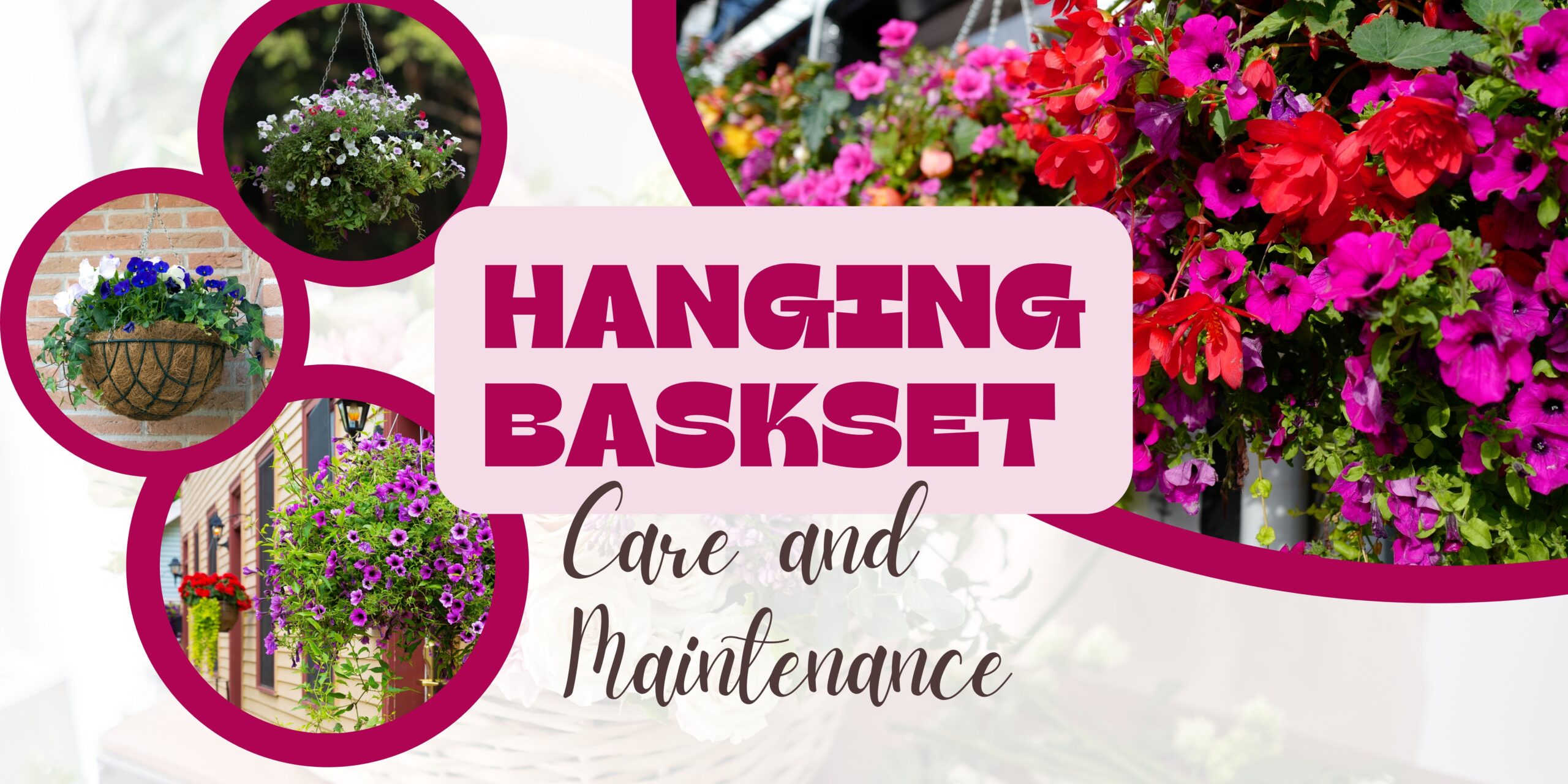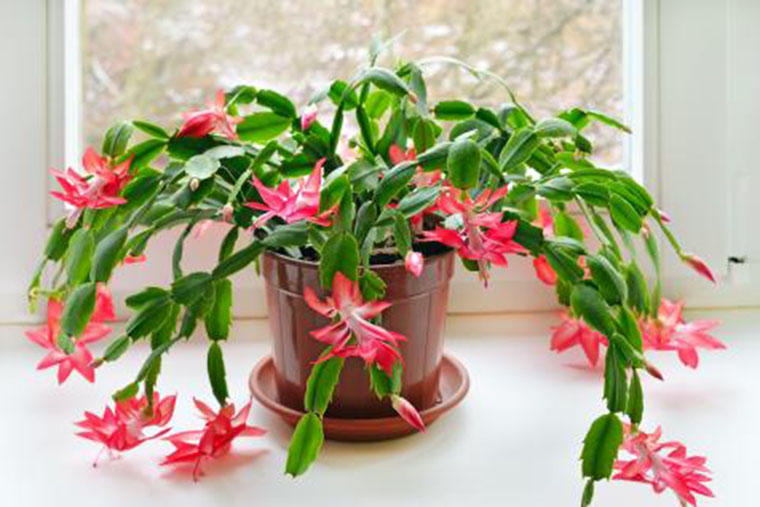Growing Food Indoors
There are several benefits to starting an indoor garden, especially in winter. Indoor gardens fill your home with the earthy scent of garden produce and offer fresh flavour and nutrient density at your fingertips when preparing meals. Another benefit to growing indoors, is the control you ultimately have over your garden’s environment. No longer are you at the mercy of inclimate weather or infestations of damaging pests.
However, indoor gardens also have their challenges, such as insufficient direct sunlight, absence of pollinating insects, and lack of wind. As a result, not all garden plants will thrive in an indoor garden, however many will. Moreover, some plants will do well to be started indoors and transplanted to your outdoor garden once the ground thaws and risk of frost passes, giving you a head start and ultimately a longer lasting crop.
Which Plants Do Well Indoors
Herbs
Direct Light : 12-16 Hours a Day
Ideal Temperature : 70℉/20℃
Perennial herbs are a popular choice, but need a fair bit of direct light. They are easy to grow and will happily transplant to your outdoor garden in spring, which should be right around the same time they start to outgrow their pots. Win-win.
Basil
Oregano
Peppermint
Rosemary
Sage
Spearmint
Thyme
Cold Tolerant Veggies
Direct Light : 12 Hours a Day
Ideal Temperature : 60℉/15℃
Cold Tolerant Veggies are another sure-win. They require less direct light than herbs and won’t mind sitting too close to cool winter windows. Create your own perpetual salad bar with some of these great options.
Arugula
Beet Greens
Carrots (tiny but sweet)
Kale
Leafy greens (not head lettuces)
Microgreens (edible seedlings)
Mustard greens
Peas
Radish
Sorel
Spinach
Swiss chard
Watercress
Warm Weather Veggies
Direct Light : 14-20 Hours a Day
Ideal Temperature : 70℉/20℃
Warm weather veggies are a great option, especially for Albertans where our summers are short and sometimes too cool to get a good crop of the following. By starting indoors early and transplanting more established plants into the garden, we can enjoy the fruits of their labour for more months of the year.
Tomato
Strawberry
Peppers
Dwarf Variety Citrus trees
Growing Tips for Indoors
Light
For best results you’ll want to mimic its ideal outdoor setting as closely as possible, especially when it comes to sunlight. If a plant prefers morning sun, maybe place it near an east facing window. If it needs many hours of direct light, make sure its in a south facing window. If your home does not provide enough hours of direct light, be sure to supplement with grow lights to ensure healthy growth.
Containers
There are so many options on the market for indoor gardens. When choosing your containers be sure to take into consideration how large a plants wants to grow and provide adequate space for its root systems. Many leafy greens like shallow soil, whereas tomatoes need more room to spread out.
Make sure any container you choose, allows for good soil drainage to avoid soggy roots which may lead to root rot and disease. You will also want to be sure you have a good quality potting mix that will help increase proper drainage. Garden soil is meant for outdoors and is not ideal for potted plants. Look for mixes that include vermiculite or perlite for better drainage.
 |
| 



